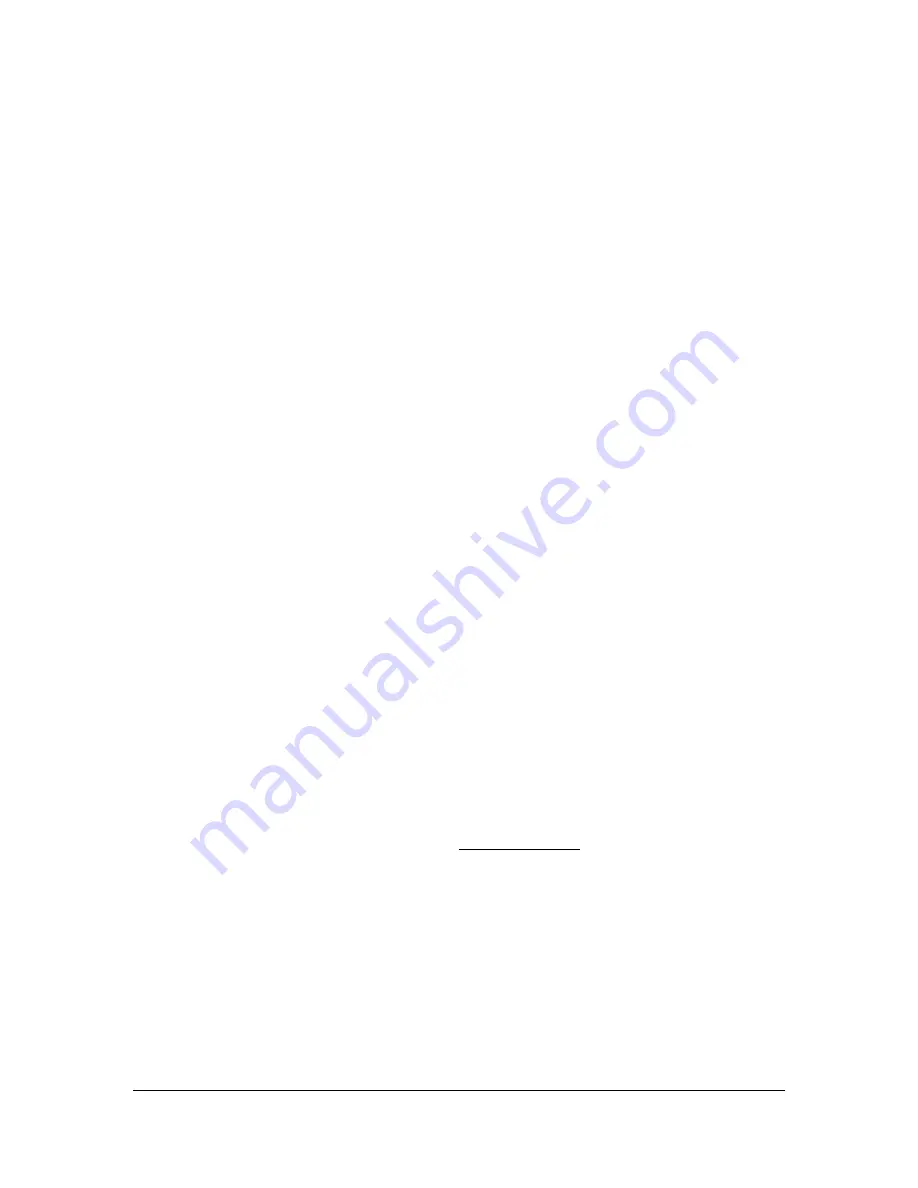
DX7 S
Page 24 of 32
User Guide
© 2018 MusicTechnologiesGroup.com & MAXsystems
10: MIDI
MIDI Memory Bank Selection
Recall that the DX7 has 32 internal patches accessed by pressing the
INTERNAL button and then one of the patch numbers 1 through 32. The later
versions of the stock DX7 OS also support MIDI patch number 33 through 64 for
accessing a cartridge if a cartridge is installed.
The SuperMAX extends this to 4 full banks (128 patches):
Bank 1
Patches 1 to 32
=
MIDI patch numbers 1 to 32.
Bank 2
Patches 1 to 32
=
MIDI patch numbers 33 to 64
or CART
.
Bank 3
Patches 1 to 32
=
MIDI patch numbers 65 to 96.
Bank 4
Patches 1 to 32
=
MIDI patch numbers 97 to 128.
This is true for both MIDI send and receive. When you select a patch via the front
panel, its patch number (1 through 128) will be transmitted on the DX7's MIDI
OUT. When a MIDI patch change is received it will select the bank automatically.
CAVEAT:
Things seem to be a bit less predictable when you are using the upper
banks (beyond Bank 4). Try it out to make sure you know how the DX7 behaves
before a live gig.
Each bank must be saved or loaded individually using a cartridge. MIDI dumps
can be used if no special SuperMAX features are utilized in that bank. See also:
“Saving and Loading” (page 6).
MIDI Note-On Velocity Fix
The stock DX7 keyboard has a restricted range on the maximum MIDI Note-On
velocity it transmits. If you strike a key extremely hard you can get a maximum
velocity out of 118 ($76 hex). A hardware fix has been included that allows the
player to obtain full MIDI Note-On velocity of 127 ($7F hex) without fear of
damaging the keybed.
The S circuit board has a switch, S1, that allows you to change
between default (0) and full velocity (+3) operation. This switch is not intended to
be changed on-the-fly with the power on, but you can try it for an A:B comparison
if your patches are backed up
.
When the switch is toward the front of the synth (the keybed), the setting is +3.
When the switch is toward the back panel, the setting is +0 (normal).























